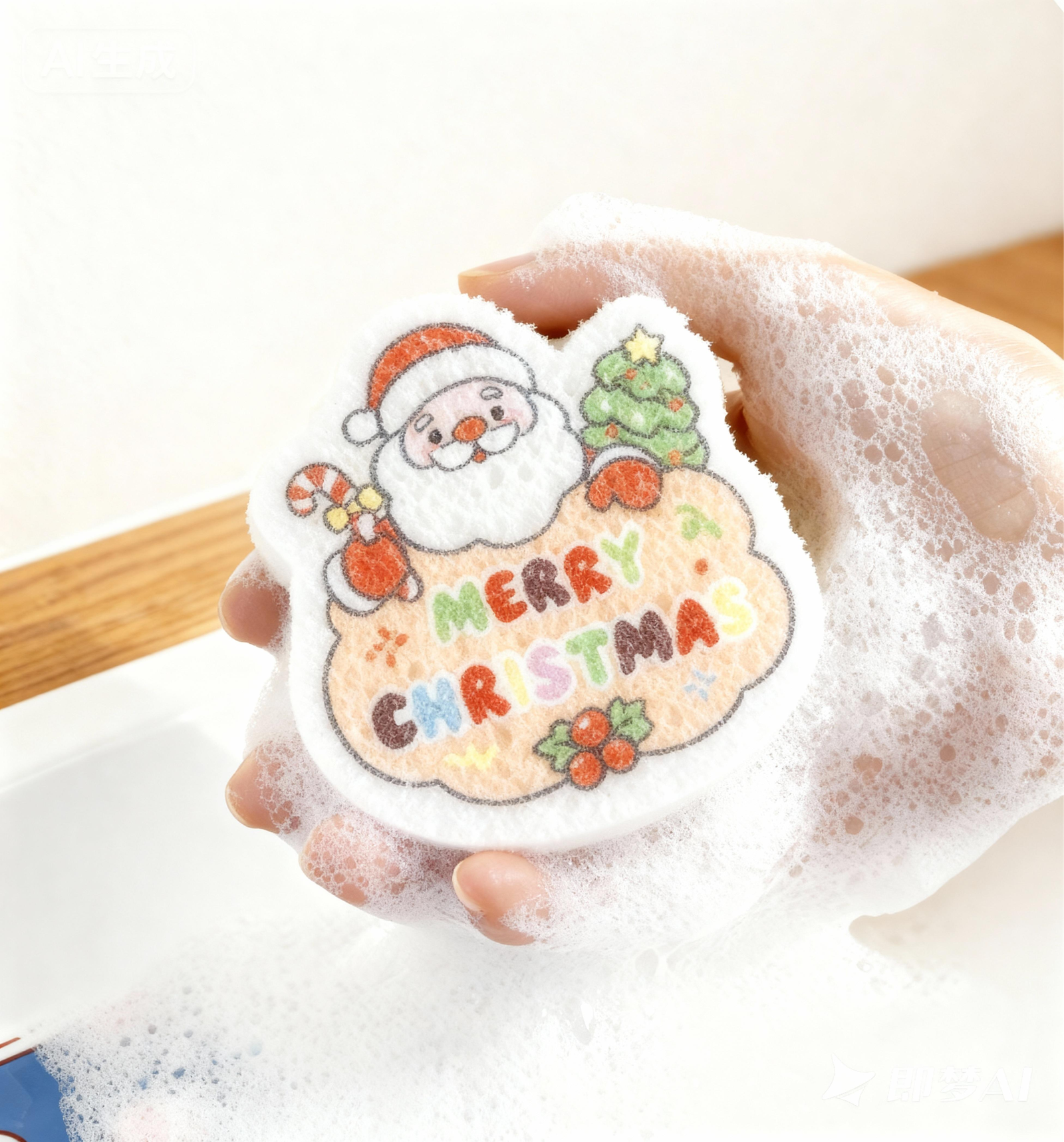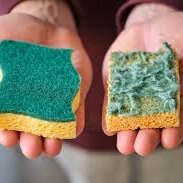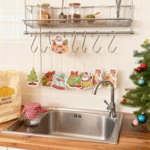Free US Shipping on $39+ Orders
Cellulose Sponge vs. Foam Sponge: Which Is Safer for Non-Stick Cookware?
Looking for the best sponge for non-stick pans? This guide compares cellulose and foam across lather, durability, drying speed, hygiene, sustainability, and real-world use—plus a scratch-safe cleaning routine and a long FAQ.
In this guide


- Cellulose is gentler when wet, builds foam with less soap, and dries faster → safer for non-stick and less odor.
- Foam is springy/cheap but stays damp longer and, with abrasives, can haze coatings.
- For daily non-stick use, choose a cellulose sponge + mild detergent; skip powders/steel wool.
Quick comparison table
| Factor | Cellulose Sponge | Foam Sponge |
|---|---|---|
| Non-stick safety | Gentle when wet; ideal for coatings | May haze with abrasives |
| Lather | Honeycomb capillaries → less soap | Often needs more detergent |
| Drying & odor | Quick-dry, lower odor risk | Stays damp in core |
| Grip & control | Soft yet controlled glide | Springy; can skid with film |
| Longevity | Handles many wet–dry cycles with care | Pores collapse over time |
| Sustainability | Plastic-free cellulose | Petroleum-based plastic |
Deep dive: material differences
Lather & soap usage
Cellulose capillaries whip air and water into suds quickly, so you get satisfying foam with less detergent. It’s the easiest way to cut soap by 20–30% without losing the “clean” feel.
Softness vs. scrubbing
Once hydrated, cellulose turns silky-soft and glides on delicate coatings. Foam is bouncy, but sharper pore edges plus abrasive powders can dull non-stick over time.
Drying & odor
Cellulose squeezes nearly dry, improving airflow and freshness. Foam cores trap moisture, which encourages the “sour sponge” smell.
Durability & eco
Quality cellulose tolerates hundreds of wet–dry cycles if you rinse and air-dry. It’s also plastic-free and biodegradable under proper conditions. Foam is petroleum-based and non-biodegradable.
How to clean non-stick (step-by-step)
- Let the pan cool; rinse with warm water.
- Add a pea of mild detergent to a wet cellulose sponge.
- Use gentle circular strokes; avoid powders and steel wool.
- For stuck bits: soak 10 minutes in warm soapy water; repeat if needed.
- Rinse clean, towel-dry edges to prevent water spots.
Pro tip: film or streaks usually mean too much detergent. Rinse, squeeze your sponge hard, and go again with minimal soap.
Mistakes to avoid
- Scrubbing hot pans (can warp or weaken coatings).
- Using abrasive powders, scouring pads, or steel wool.
- Over-soaping (creates film, wastes time and water).
Care & odor prevention
Rinse → hard squeeze → stand vertically with airflow.
5 min in hot water + 1 tsp vinegar; air-dry fully.
When thinned, frayed, or odor persists after refresh.
Bonus: glass, enamel & cast iron
- Glassware: cellulose prevents micro-scuffs; use gentle strokes.
- Enamel: great glide when wet; avoid powders.
- Cast iron: for seasoned pans, use cellulose + hot water (no soap) unless de-greasing.
FAQ (People also ask)
What sponge is best for non-stick pans?
A cellulose sponge—gentle when wet, quick-dry, and low-odor—paired with mild detergent.
Can foam sponges scratch non-stick?
With abrasive cleaners, foam can haze coatings. Use mild detergent + cellulose to be safe.
How often should I replace a sponge?
Replace when it thins/frays or holds odor after refresh—typically every few weeks of daily use.
How do I remove sticky oil film without scratching?
Warm water soak, pea of detergent on cellulose, circular strokes. Repeat; avoid powders.




